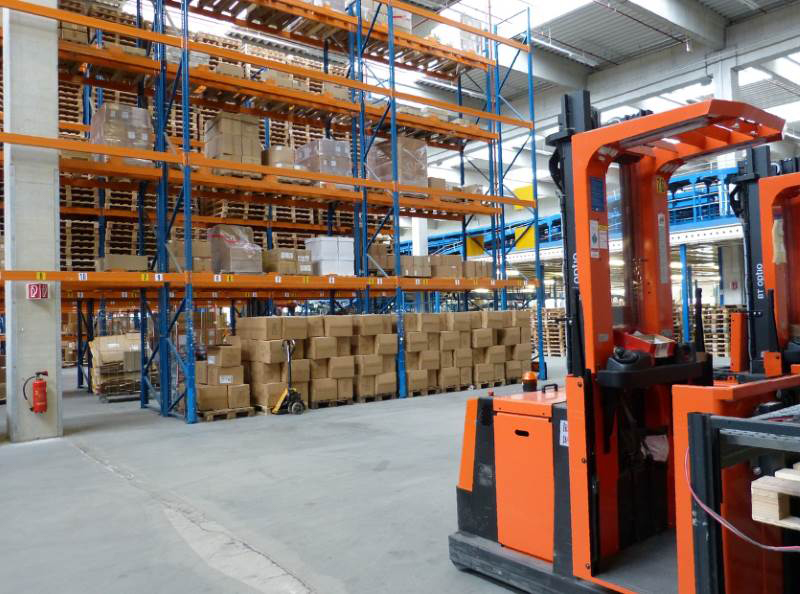How does EPOD fit with modern delivery systems?

22 November 2016
Many business owners assume that the products they supply and the prices they charge are their biggest concerns. In fact, the process to deliver those products is just as important. Unless customers receive their orders in a timely, secure and professional manner, they’re unlikely to ever buy from you again.
Electronic proof of delivery – or EPOD – is helping a wide variety of companies to get delivery right first time, and the most capable systems out there happen to fit seamlessly within existing delivery processes, meaning minimal disruption for you.
Your ordering system
Chances are your ordering system – whether it’s telephone or web-based – is configured to produce the relevant delivery documents once a transaction is completed. It’ll assign an order number, create a label and set up the most appropriate next steps, depending on what options have been selected by the customer.

With EPOD, all of this still happens immediately, but without the need for any paper copies. You needn’t print out the generated documents for drivers to use, or manually update records as you move from one stage to the next – it’s all done digitally. That leaves you with more time and money to spend elsewhere.
Warehouse management
The ability to plug an EPOD solution into your existing warehouse management system (WMS) will allow you to keep better control of stock levels – crucial if you’re to keep things running smoothly.

Once a product has been confirmed as being delivered, for example, its space in the warehouse can be reallocated to keep everything moving as it should. If the customer refuses delivery for whatever reason and the item needs to be sent back to base, data in the WMS is immediately updated accordingly and you’re kept in the loop.
This all means you’ll always have an accurate picture of your business’s current stock flows – you know what’s coming in and going out at all times and can react appropriately.
Drivers and vehicles
An EPOD system can integrate not only with warehousing and ordering systems, but also with GPS technology, whether it’s through a compatible mobile device or a dedicated handheld computer, like the TouchStar TS3000 tablet.
With data provided in real-time, you’re able to keep a close eye on your fleet drivers as they go about their working days. This means you have a chance to analyse and optimise delivery routes, with the potential to increase productivity and cost-efficiency in the long run.
By knowing where your vehicles are and being alerted when they’re held up, you can manage your resources more effectively. It may be that a certain junction is causing regular delays and could be avoided, or a driver is completing personal errands in between stops – either way, you can take the appropriate action.
Record-keeping
With manual notetaking replaced by barcode scanning and photographic imagery, your records instantly become a lot more accurate. The delivery system no longer relies on staff not to make basic errors, as so much of the human element has been removed. Your staff are left to complete the tasks only they can do: driving and providing great customer service.
Once the order is logged, invoices created by the EPOD system can even be transferred to third-party finance applications such as Sage and Oracle.
There’s no doubting the difference an EPOD system can make to your business, but when it comes to choosing your solution, interoperability must be a priority. The system you settle on should complement your existing processes rather than change them completely, so be sure to do your research.